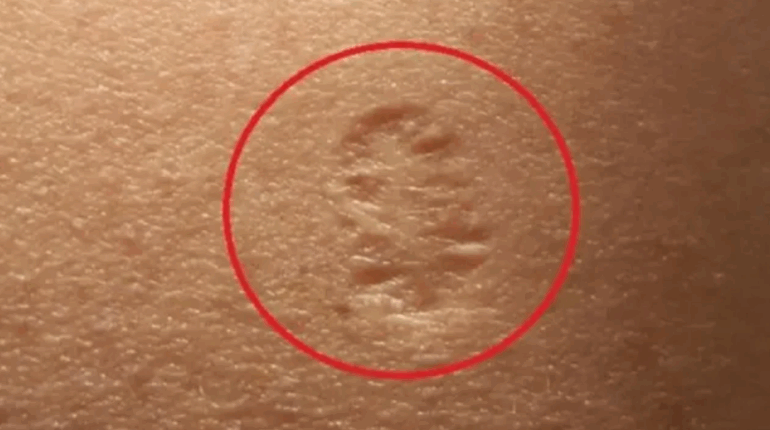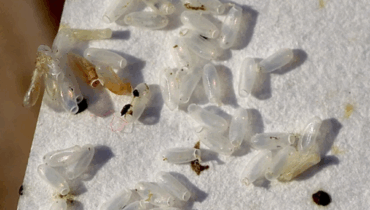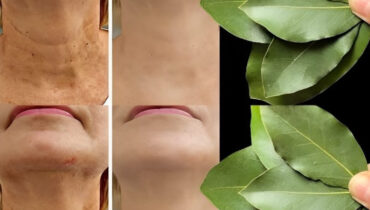📌 Smallpox vaccine scars: What they look like and why

Posted 27 August 2025 by: Admin
strange, circular scar. It looked almost like a constellation, tiny dents circling a deeper point, carved into her skin like a secret code. I didn’t know what it meant, and eventually, my curiosity dimmed.
Years later, while helping an elderly woman off a train, I saw it again—the very same mark in the very same place. My heart leapt. I wanted to ask her about it, but the train pulled away before I could. Instead, I called my mother.
She laughed gently. “Oh, I’ve told you before—it’s from the smallpox vaccine.”
Smallpox was once one of humanity’s deadliest enemies. With fevers raging, blistering rashes spreading, and mortality claiming 30% of victims, the disease scarred entire generations. Survivors bore marks not just on their bodies, but in collective memory.
Then came the vaccine—one of science’s greatest victories. By 1952, smallpox was eliminated in the United States, and by 1972, routine vaccination ended altogether. But before then, nearly every American child received it, and proof wasn’t digital or written on paper. It was carved into the skin.
The process itself was unique. Instead of a single needle, doctors used a bifurcated two-pronged tool, pricking the skin repeatedly to push the weakened virus into the dermis. Blisters rose, scabbed, and scarred. The result was permanent: a mark of protection, a scar of survival.
That mysterious circle on my mother’s arm wasn’t just a blemish. It was a story—of science halting a killer, of children safeguarded, of a world that once trembled but stood tall.
Do you—or someone close to you—carry that smallpox vaccine scar? Some marks never fade, and maybe they aren’t meant to. They remind us that history is written not only in books, but also on the skin of those who lived it.


















